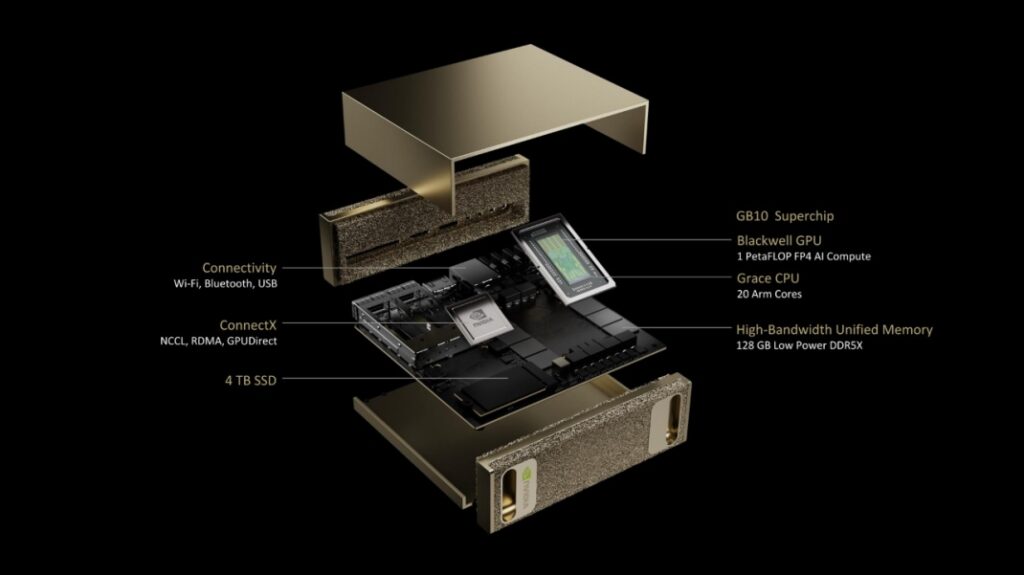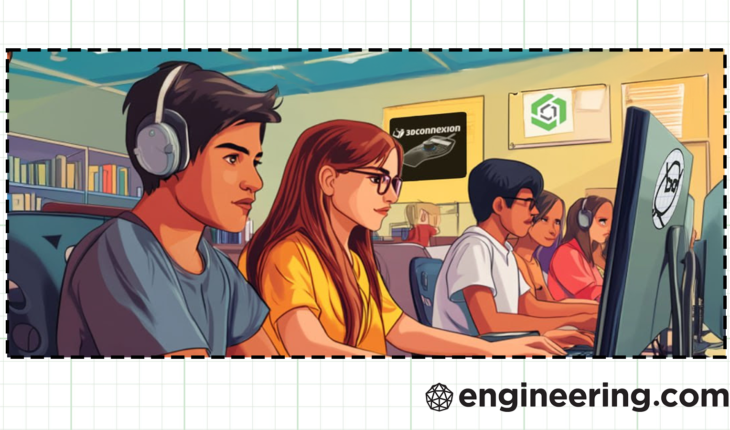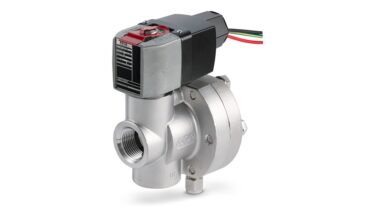The times they are a-changin’ for computer aided design. Meanwhile, why not make a game of it?
Welcome to Engineering Paper, a weekly column serving you fresh design and simulation software news. And if it’s not fresh, we’ll douse it in so much sauce you won’t even notice.
For our first item, some spice.
I recently reported on the unexpected genre of CAD esports in The fastest 3D CAD modelers in the world. That story is about TooTallToby.com, where a dedicated community of 3D modelers, spanning many countries and software platforms, compete in CAD speed competitions. (Belated congratulations to RamBros, an Autodesk Fusion user from India, for winning the 2024 World Championship).
CAD speedrunning is now expanding to the next generation. TooTallToby.com has launched a tournament for CAD design students at Le Grand High School in Le Grand, California, that will play out through January (click here for the kickoff livestream from Friday, January 10).
I doubt any of my readers are eligible to compete, but I bring this up to share two thoughts.
One: I think these students will crush it. The top seed for the top speed competition last year was a high schooler, and he made it all the way to the semifinals. Even if none of the Le Grand students are currently CAD masters, I can’t think of a better way to motivate them to level up their game (for more on the pedagogical value of CAD speed modeling, read my original article).
Now the spice: I can’t help but wonder how long it will matter.
When will CAD skills, as we currently know them, become obsolete?
I don’t mean to sound cynical. Like I said, I’m sure these students are passionate about CAD and are on track to master it. But it reminds me of my grade school lessons in cursive writing—a skill that was clearly fading in importance even as we spent hours perfecting it.
CAD isn’t fading, but it is ripe for disruption. CAD software—pretty much across the board—has a stale, unfriendly interface that does little to actually aid designers. CAD has hit a wall, and rather than climb it, developers are shuffling sideways, changing how the software is licensed and packaged rather than how it works.
At some point, AI will change that. I’m not just talking about generative AI that makes 3D models from text prompts, though developers are eagerly seeking that grail. Even a little AI implemented well could transform the very nature of CAD, making the software less of a digital drafting table and more of a virtual design assistant.
When will that happen? What will it look like? Those are questions for Nostradamus (and you! Send me your predictions at [email protected]). In the meantime, it’s nice to see the next generation of CAD users having fun with it.
An upstanding start to Siemens for Startups
Siemens has launched a new program for engineering and manufacturing startups called, sensibly, Siemens for Startups (I have to imagine “Xcubator” was on the table at some point*). Companies that are accepted to the program will get discounted Siemens software and the opportunity to collaborate with Siemens on development, marketing and more.
No cynical take on this one. My main reaction is surprise that this didn’t already exist—many engineering software providers offer startup programs with similar benefits. (Okay, here’s the cynical take: it’s good business to hook ‘em while they’re young.)
One novel bit about Siemens for Startups is that it’s linked with AWS Startup, Amazon Web Service’s startup program, meaning eligible companies will also get access to AWS cloud infrastructure.
Interested? The application process is open now.
*In other Siemens news, Zel X has been renamed NX X Essentials. Xciting!
Stay gold, Nvidia
It seems I can’t go a week without mentioning Nvidia. The chipmaker’s latest news is that it’s launching a “personal AI supercomputer” called Project DIGITS.
Coming this May, Project DIGITS is a $3,000+ PC (or should that be PAISC?) featuring Nvidia’s GB10 Grace Blackwell Superchip, which combines the Arm-based Grace CPU with a Blackwell GPU. The system will have 128 GB of memory and up to 4 TB of storage on board. It will run Nvidia’s Linux-based DGX OS and come preconfigured with the company’s AI software stack.

All that means users will be able to run large language models of up to 200 billion parameters, according to Nvidia. In true Nvidia fashion, you’ll also be able to link up two Project DIGITSes to crank that number up to 405 billion (I don’t know where the extra 5 billion parameters come from).
Learn about the latest BIM trends with me
Building. Information. Modeling. These aren’t just ordered excerpts from Merriam Webster. Together they describe the software tools behind modern design, engineering and construction workflows: BIM.
As with CAD, BIM is also in the midst of major changes. I want to learn more about them, and if you do too, I know just the place.
Sign up for Engineering.com’s upcoming webinar Design: Trends in BIM on Tuesday, January 21 at 12:00 PM EST. I’ll be there interviewing BIM expert Jennifer Schmitz of Short Elliott Hendrickson Inc. (SEH) about all the ways BIM is evolving alongside AI, digital twins, sustainability imperatives, and much more. Plus, you’ll get a chance to ask her any questions I don’t.
See you there!
One last link
Last week I left you with a link to 37 things that confuse me about 3DEXPERIENCE, written by Peter Brinkhuis of CAD Booster.
I guess I’m not the only one who enjoyed that blog post—Manish Kumar, CEO of Solidworks, acknowledged it on a recent LinkedIn post. An excerpt:
“We are humbled every day by the 7.5M+ users around the world who use and love our products and solutions. We are especially grateful to have true friends like Peter Brinkhuis, who challenge us to be even simpler. We take feedback like yours with humility and will continue to simplify our solutions further—always. Your feedback is deeply respected, and we will address it with a sense of urgency.”
Got news, tips, comments, or complaints? Send them my way: [email protected].





